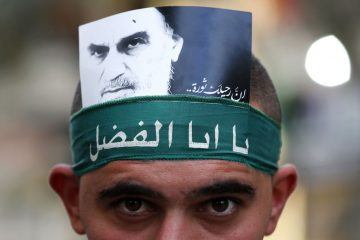Narges Bajoghli in Foreign Policy:

What Americans don’t understand is that the groups that we support in the region are not our mercenaries,” Ali, a high-ranking member of Iran’s Islamic Revolutionary Guard Corps (IRGC), said when I recently asked him about one of the stated goals of the Trump administration’s sanctions against Iran: to curtail the country’s ability to financially support militias in the region. He continued, “The Americans think everything is about money. They think we buy loyalty in the region, because that’s how they buy loyalty.”
In the decade that I did research with cultural producers in Iran’s preeminent military force, the IRGC, I saw a steady flow of filmmakers loyal to Hezbollah and Iraqi Shiite and Kurdish groups travel through regime cultural centers in Tehran. (They all agreed to speak with me on the condition of anonymity. The first names used here are pseudonyms.) Mehdi, an Iranian pro-regime filmmaker, had lived in Lebanon to make films with Hezbollah media producers. When they visited him in Tehran, they spoke fluent Persian and navigated the city with familiar ease. Iraqi filmmakers would regularly come to spend time in Tehran at editing studios tied to the paramilitary Basij organization.
More here.
